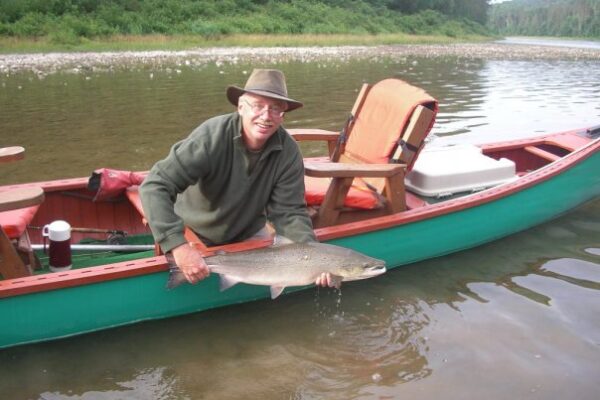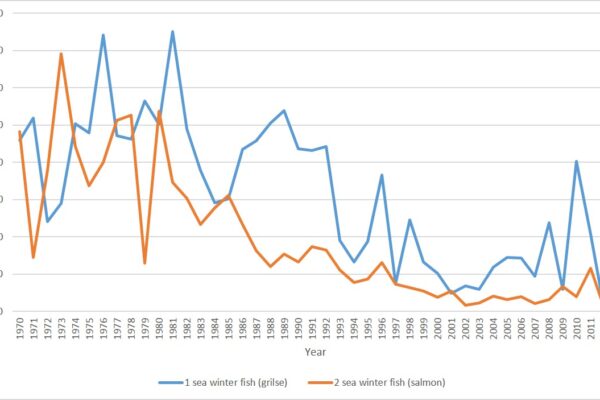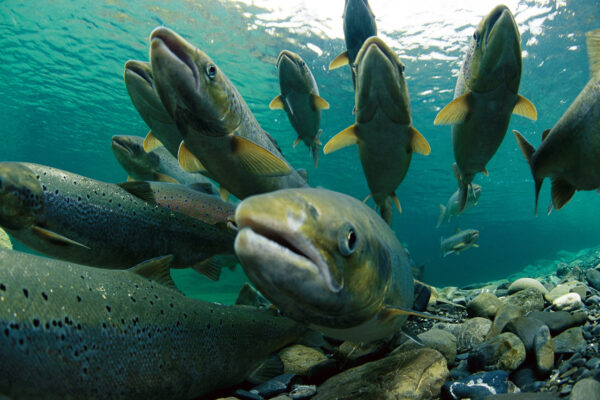New Brunswick has some amazing rivers and some of the best fishing. Both have been important in shaping the identity of New Brunswickers. Being by, and in the water, is part of a traditional way of life that has been passed on from generation to …
Continue Reading about A conversation with fly fisherman Gary Spencer



